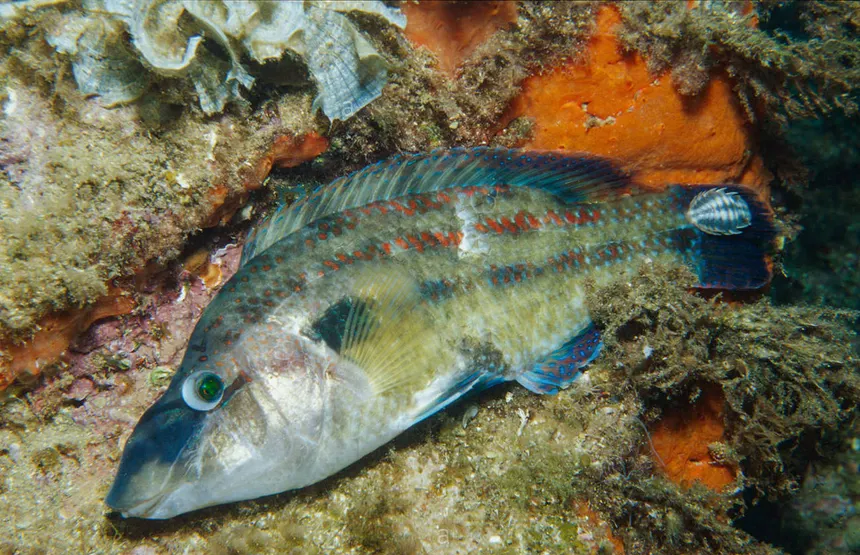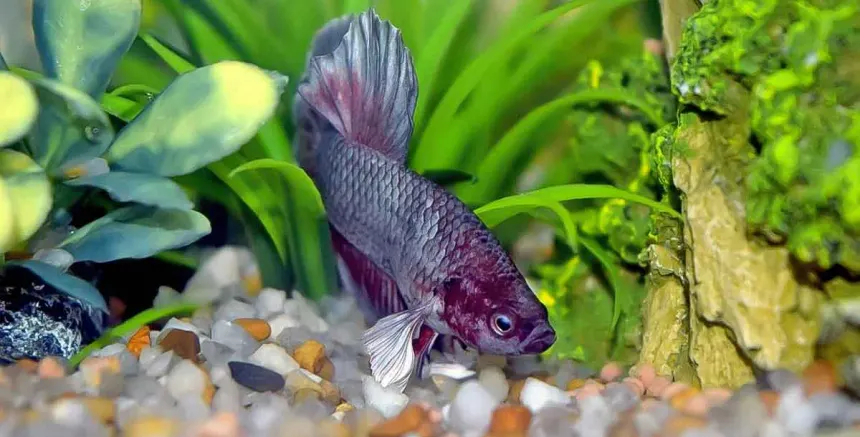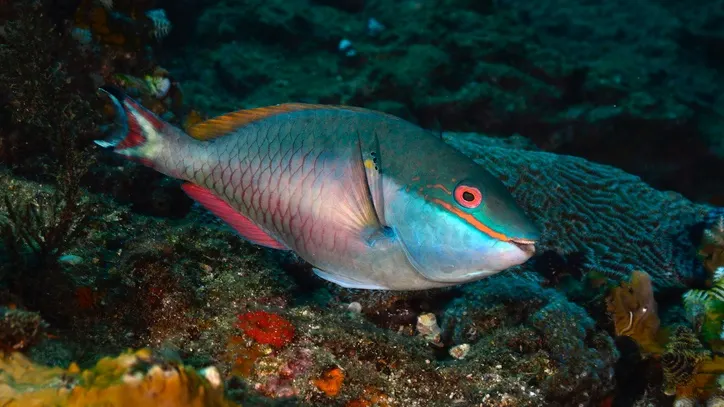Do Fish Sleep?

When we think of sleep, we often picture animals closing their eyes and lying down to rest. But what about fish? They live in a completely different environment—no beds, no eyelids, and constant water flow. So, do fish sleep? The answer is yes, but not in the way humans or land mammals do. Fish have unique methods of resting that allow them to remain alert to their surroundings while still getting the rest they need.
This article dives deep into how, when, and why fish sleep, and how their sleep patterns differ across species and habitats.
Do Fish Really Sleep?
Yes, fish do sleep, but their version of sleep looks very different from ours. Most fish enter a state of rest where their metabolic rate slows down, their movement reduces, and they become less responsive to their environment. However, they don’t close their eyes—because most fish don’t have eyelids—and many continue to move slightly to maintain balance or keep water flowing over their gills.
This sleep-like state is essential for restoration and energy conservation, just as it is in other animals.
Signs That Fish Are Sleeping
Though subtle, there are several ways to tell if a fish is sleeping:
- Reduced activity or motionless behavior
- Hovering in place, often near the bottom, in a cave, or among plants
- Duller coloration, especially in reef fish
- Slower breathing (measured by observing gill movement)
- Unresponsiveness to gentle stimuli, such as tapping the tank or waving nearby
Some species even sleep on their sides, while others float in place or wedge themselves into crevices to remain stable.
How Fish Sleep Without Eyelids
Since most fish lack eyelids, they cannot close their eyes during rest. This doesn’t stop them from sleeping; instead, they rely on reduced brain activity and muscle relaxation. In many species, parts of the brain enter low-activity modes, while the rest stays alert enough to respond to danger—similar to how dolphins sleep with half of their brains active.
Do All Fish Sleep the Same Way?
No, different fish species have different sleep patterns depending on their environment, evolutionary adaptations, and biological needs.
1. Diurnal Fish
These are daytime-active fish (like goldfish, clownfish, and angelfish) that sleep at night, often resting in secure places within reefs, plants, or rocks.
2. Nocturnal Fish
Species like squirrelfish or cardinalfish are active at night and rest during the day, hiding in shaded areas.
3. Open-Ocean Species
Fish like tuna and some sharks must keep swimming constantly to force water over their gills. They enter restful gliding states with partial brain activity instead of full sleep.

Special Adaptations in Sleep
➤ Parrotfish
These tropical reef fish secrete a mucus cocoon around themselves before sleeping, likely to mask their scent from predators like moray eels.
➤ Zebrafish
Zebrafish are often studied in sleep research. They show clear circadian rhythms and enter a state of inactivity at night, similar to mammalian sleep cycles.
➤ Blind Cave Fish
Living in complete darkness, these fish show reduced sleep durations, possibly due to their need to remain alert in an environment without light cues.
Do Fish Dream?
There is no clear evidence that fish dream. Dreaming is associated with REM (Rapid Eye Movement) sleep, which has been observed in mammals and some birds, but has not been conclusively documented in fish. However, research on zebrafish has shown some brain activity patterns similar to REM sleep, suggesting primitive versions of dreaming might exist.
Why Sleep Is Important for Fish
Even though fish don’t sleep like humans, rest is vital for:
- Energy conservation
- Cognitive function (learning and memory in species like zebrafish)
- Cell repair and immune function
- Behavioral regulation
Lack of sleep in fish, especially in lab conditions, has been shown to cause increased stress, erratic swimming, and slower responses to stimuli.
How Sleep Changes with the Environment
Environmental factors significantly influence fish sleep:
- Light: Most fish follow a light-dark cycle; too much light can disrupt sleep.
- Water temperature: Warmer waters can increase metabolic rate, leading to more frequent rest.
- Safety: In predator-rich environments, fish may sleep in shifts or reduce sleep time to stay alert.

Conclusion
Fish absolutely do sleep, but they’ve evolved their own unique ways to do so while staying safe in the aquatic world. Whether they’re gliding through the open ocean, nestled in coral, or floating in a freshwater tank, fish enter restorative rest phases critical to their survival and health.
Understanding how fish sleep not only deepens our knowledge of animal biology but also helps aquarists, conservationists, and researchers care for them more effectively.



